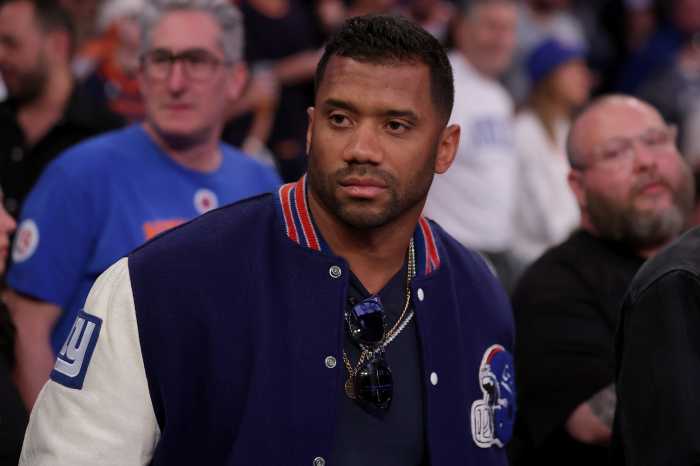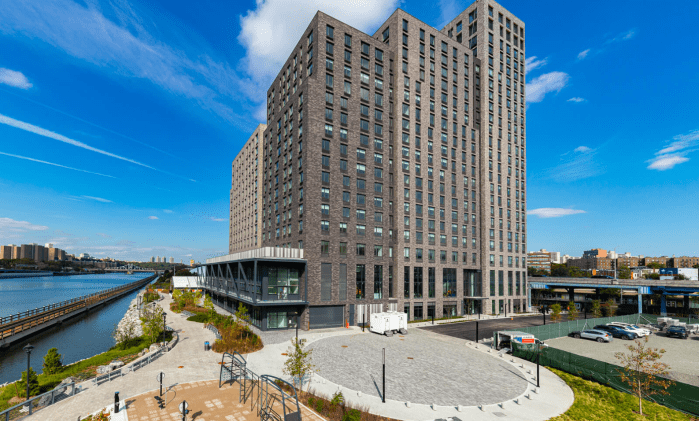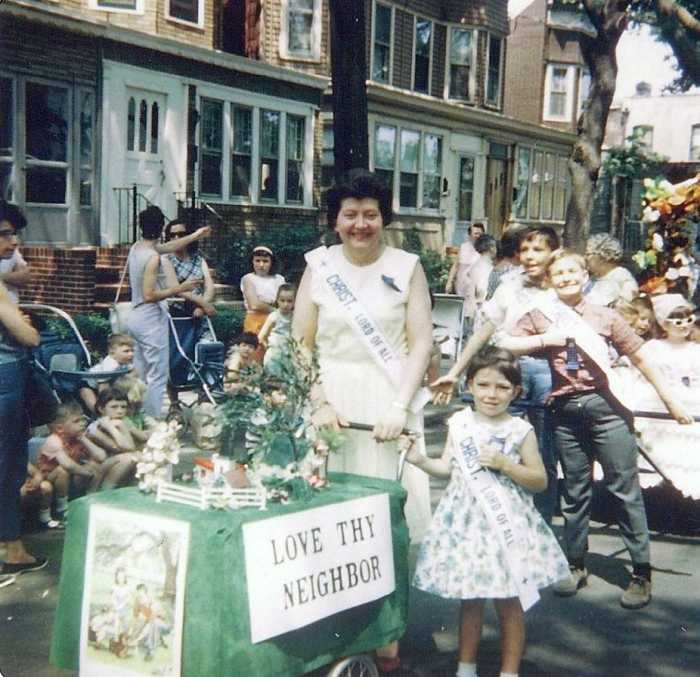It’s the fastest game on grass and, at 3,000 years old, widely considered to be one of the oldest field sports in the world. This is the Irish sport of hurling and, for the first time in almost two decades, New York is competing in the annual All-Ireland Hurling Championship.
One of Ireland’s national games, hurling represents an important cultural outlet for Irish immigrants and the children of Irish immigrants in the Big Apple, offering a chance to maintain a connection with a sport that is at the forefront of Irish heritage.
The stick-and-ball sport, often humorously described as a cross between hockey and murder, consists of two teams of 15 players using wooden sticks called hurls (or hurleys, depending on where in Ireland you are) and sliotars, a hard leather ball roughly the same size as a baseball.
Hurling can be quite complicated for those unfamiliar with the sport. The game is played at breakneck speed and matches are often high-scoring, free-flowing and intensely physical. Despite regular contact between wooden hurl and human flesh, players wear only plastic helmets to protect themselves (which only became mandatory in 2010).
Players must also be as athletic as they are hardy; a typical hurling field, which measures roughly 150 yards, is considerably larger than a typical American football or soccer field. That is all the more impressive when you consider that hurling is an amateur sport and top-level players receive no salaries.
That is not to say that the game resembles anything close to an amateur sport at the top level, however.
Hurling is one of the most skillful sports in the world, and the annual All-Ireland Hurling Championship is one of the biggest events on the Irish sporting calendar, with 82,300 people attending the annual All-Ireland Hurling final each July.
The event also draws massive television audiences and has begun to draw viewers from overseas. Last year’s exhilarating final between Cork and Clare proved a big hit on the BBC in the United Kingdom.
The sport consists of two 35-minute halves, with teams scoring by striking the sliotar over the crossbar for one point or under the crossbar and beyond a goalkeeper for a goal, worth three points.
Players cannot pick the sliotar directly off the ground and must instead scoop the ball from the turf with their hurls, while they can take no more than four steps with the ball in their hand before they must either shoot, pass or run with sliotar on their hurl – called soloing. Players can shoot or pass by striking the ball out of their hands or directly off the ground, while they can also pass by throwing the ball up and striking it with their palm – called handpassing. They are not permitted to throw the ball.
Meanwhile, the All-Ireland Hurling Championship is contested by most of the 32 counties on the island of Ireland, in addition to New York and several teams from the UK. However, the competition is split into several divisions due to the gulf in class between the elite teams and up-and-coming counties, with just 11 counties competing for the Liam McCarthy Cup, which stands as the top honor in hurling.
New York entered the All-Ireland Championship at the bottom rung of the competition when they made their debut in the Lory Meagher Cup last Saturday. The competition features teams where hurling is still a developing sport, with New York comfortably beating Monaghan by 13 points in Saturday’s semifinal in Ireland.
New York proceeded automatically to the competition semifinal due to the logistics of sending an amateur team over the Atlantic Ocean to compete in Ireland. They will now take on Cavan in the Lory Meagher Cup final on Saturday at Croke Park – an 82,000-seater stadium that stands as the headquarters of the Gaelic Athletic Association (GAA), which oversees hurling and Gaelic Football in Ireland and around the world.
Saturday’s game against Monaghan marked New York’s first involvement in an All-Ireland competition of any sort since 2006.
That appearance has become the stuff of legend; New York pulled off a shock victory against Derry on American soil to qualify for the final of the provincial Ulster Hurling Championship against Antrim, but the game was subsequently postponed for five months because so many of the New York squad were undocumented, meaning their trip home to Ireland would spell the end of their time in the United States.
The game was eventually rearranged for Boston, with Antrim running out easy winners.
That incident ultimately spelled the end of New York’s involvement in the All-Ireland, and the future of the sport in the Big Apple looked bleak as recently as three years ago, when New York had no county team and only two senior club teams across the entire city.
Fast-forward three years, however, and the sport has experienced a renaissance, with an explosion of membership and new teams. Six senior clubs contest the annual New York Championship, feeding into the New York county team, while eight other club teams compete at a lower level.
The New York hurling team, reformed in 2022, also flew to Ireland to compete in the Connacht Hurling League in 2023 and 2024, winning the pre-season development competition at the second attempt.
Hopes are high among New York players that their forthcoming trip to Ireland will prove equally successful.
Manager Richie Hartnett, a native of Kerry in Ireland, said the team has “full aspirations” of winning the Lory Meagher Cup and winning promotion to the next tier of the All-Ireland Hurling Championship.
He said the return of the New York county team has provided Irish immigrants and the sons and grandsons of Irish immigrants with an incentive to become involved with the sport in the Big Apple once more, offering an opportunity to reconnect with their homeland.
Hartnett said the sport has a “huge” impact on Irish immigrants living in New York and encouraged anyone new to the city to join a club and foster a social connection.
“It’s huge,” Hartnett said. “Once you land off the plane, the first thing I would tell anyone is to get in with a club here straight away… Clubs will find work for guys, and there’s the social aspect of finding friends.”
Hartnett also praised the sacrifice that New York players make in order to represent the city in the All-Ireland. The squad of approximately 30 players trains three times a week in Gaelic Park, situated off the 238th St. stop on the northern extremities of the 1 subway line, deep in the heart of the Bronx. All players balance their New York careers with other jobs, with many players working in physically taxing professions such as construction work.
James Bermingham, who plays for the New York team while holding down a job in construction, said days can often be long and draining, adding that he often requires a nap after work in order to be prepared for training later that evening.
“It’s hard running, but hopefully it’ll be worth it when we go home in May.”
The New York team is not exclusively represented by young Irish immigrants, however. A number of American-born players who grew up playing the sport on US soil line the ranks of Hartnett’s squad, including James Breen, who grew up playing hurling in Yonkers and will now captain the side in Ireland this Saturday.
“It’s special (competing in the All-Ireland),” Breen said. “It’s extra special that it’s New York, having grown up here. It’s different going overseas.”
Breen has noticed a rapid growth in the sport among American-born populations and said there is a “big push” for homegrown players. He also said the sport helps to connect Irish-American players with their Irish roots.
“It’s that connection back to family.”
The game is set to continue to grow among American-born communities after the GAA traveled to New York in March for a ribbon-cutting at Redmond Park. The state-of-the-art facility, which features a full-sized field and two practice fields, aims to facilitate the advancement of both Gaelic football and hurling in Yonkers.































